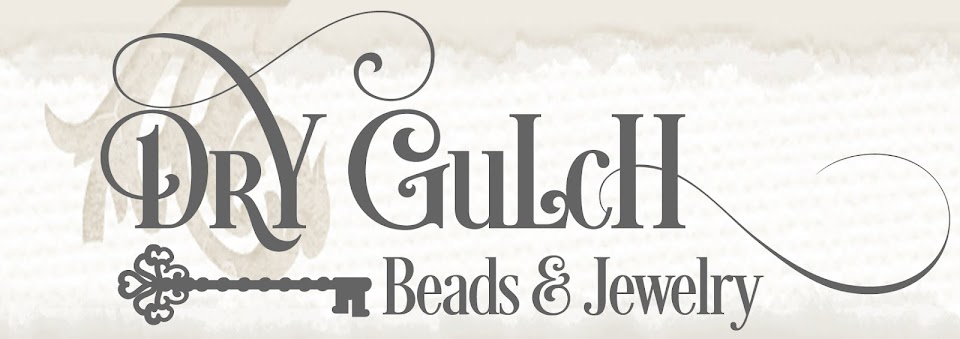In today's blog post, we're excited to show you a little step-by-step about our painting process! We hand-paint all of our pendants and charms, and then seal with resin for an enamel effect. Let's get started!
Materials:
♦ A charm or pendant needing some color (any metal will do)♦ Vintaj Patinas (you can find these on our website at www.drygulch.com)
♦ Resin sealer (we use Ice Resin, found on our website at www.drygulch.com)
♦ Paintbrush
♦ Paper towel
♦ Cup of water
♦ Sanding block (optional, this creates a distressed look)
Step 1:
Vintaj Patinas work just like an acrylic or watercolor paint; they mix well with each other and can be used with water to dilute and extend the paint. We wanted our hummingbird to look like a traditional Ruby-Throated Hummingbird, so we started by mixing greens, blues and yellows for the body. Tip: To get the effect of changing colors for the hummingbird body, don't mix the green-blue-yellow on your palette; instead load the tip of the paintbrush with the colors so that they can deposit onto the pendant in layers.Step 2:
 After we added the green to the body,we started to add red and orange for the throat. This was treated in the same fashion as Step 1; red, yellow and orange were loaded onto the brush so they could deposit in layers onto the throat.
After we added the green to the body,we started to add red and orange for the throat. This was treated in the same fashion as Step 1; red, yellow and orange were loaded onto the brush so they could deposit in layers onto the throat.Step 3:
 Next came the wings and tail base coats. We used the Bronze metallic Vintaj Patina with lots of water for a more watercolor-like wash over the wings. I also added some green and black. We just wanted a translucent feel to the wings, so the more water added to the paint the better for this effect.
Next came the wings and tail base coats. We used the Bronze metallic Vintaj Patina with lots of water for a more watercolor-like wash over the wings. I also added some green and black. We just wanted a translucent feel to the wings, so the more water added to the paint the better for this effect.Step 4:
 Now the fun part; details! Using white paint and a tiny brush, we added a white eyebrow, belly stripe and tail tips. A little black was added for the beak and eyes. Touch-ups were added with more green, yellow and metallic paints. There's so much color and detail to a humming bird, so working slowly in layers and adding water where a watercolor effect was wanted helps to build that illusion of detail.
Now the fun part; details! Using white paint and a tiny brush, we added a white eyebrow, belly stripe and tail tips. A little black was added for the beak and eyes. Touch-ups were added with more green, yellow and metallic paints. There's so much color and detail to a humming bird, so working slowly in layers and adding water where a watercolor effect was wanted helps to build that illusion of detail.Step 5:
 Now this is optional, but we love to distress our painted creations for that vintage look. Take a sanding block and lightly scratch at your hummingbird. The underlying metal will shine through the paint and bring forth that dash of vintage flair.
Now this is optional, but we love to distress our painted creations for that vintage look. Take a sanding block and lightly scratch at your hummingbird. The underlying metal will shine through the paint and bring forth that dash of vintage flair.






No comments:
Post a Comment
Note: Only a member of this blog may post a comment.